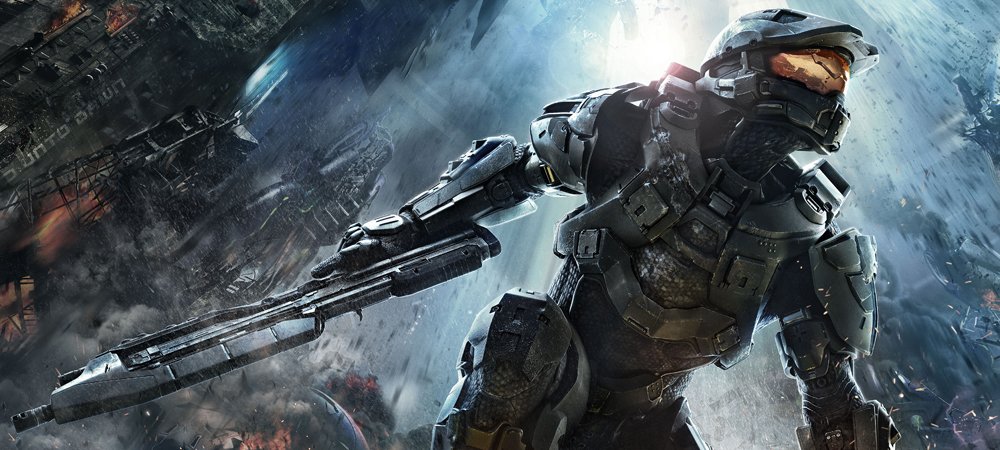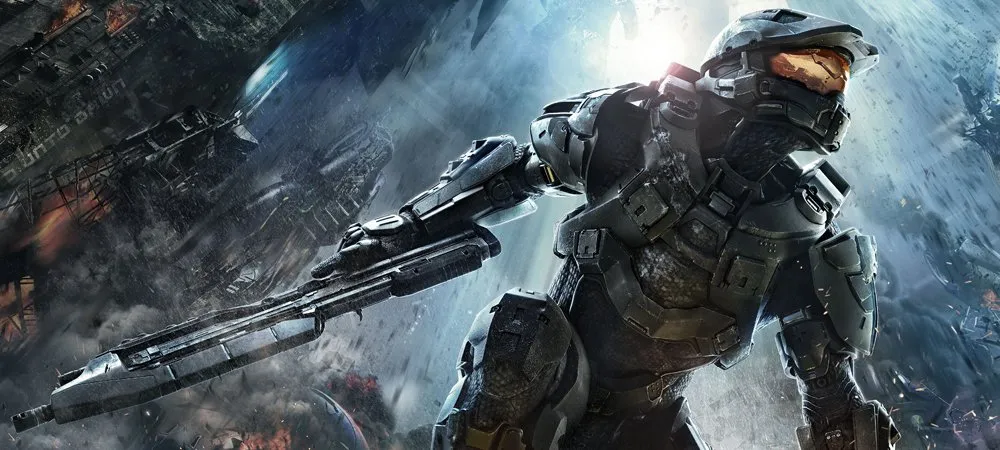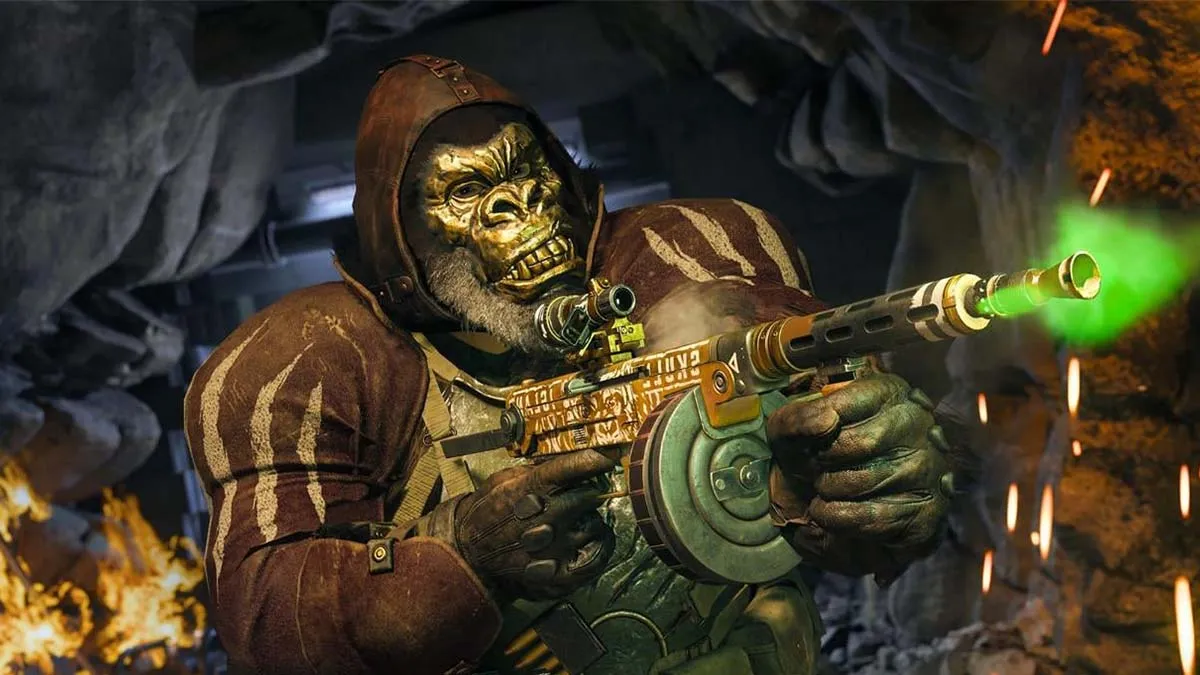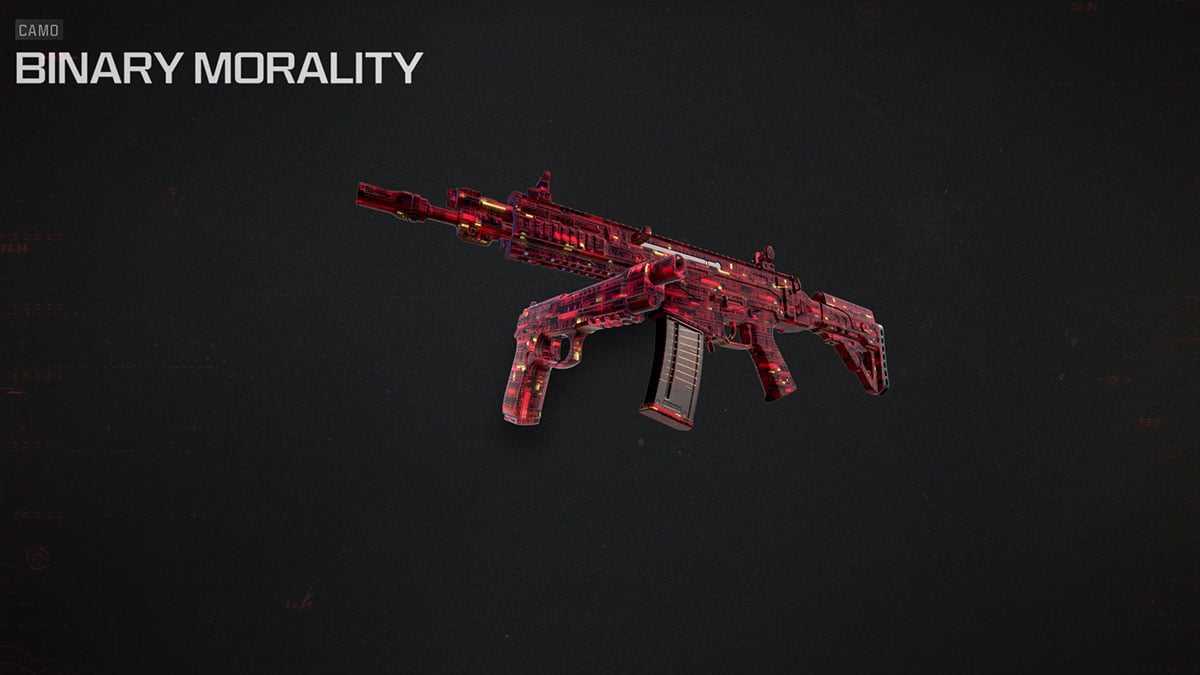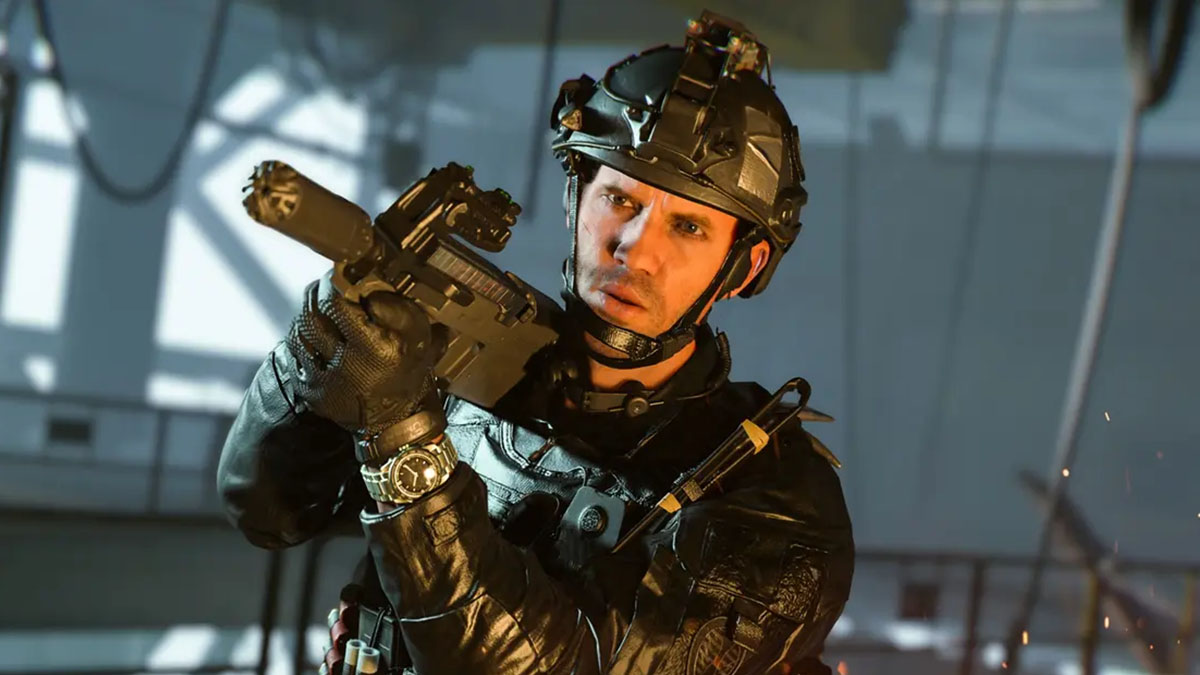A strong start to the Reclaimer Trilogy
For over a decade, the Halo series was in the hands of development studio Bungie. In that time, they pioneered two generations of console shooters and created a phenomenon that has generated over $3 billion in sales. Bungie has since moved on from the series that helped establish the Xbox, handing the responsibility over to the new house of Halo, 343 Industries.
Halo 4 is the first sequel to be developed by the Halo-centric studio, and all eyes have been on 343 ever since the E3 reveal. They’ve had a lot to live up to, considering Bungie’s past work, and the amount of pressure they must have felt is unimaginable.
Not only has 343 far surpassed any expectations of what a Halo title should be, they’ve also gone and created a Halo game that is miles above any that’s come before it.

Halo 4 (Xbox 360)
Developer: 343 Industries
Publisher: Microsoft Studios
Release: November 6, 2012
MSRP: $59.99 (Standard Edition) / $99.99 (Limited Edition)
Halo 4 marks the first entry in the new “Reclaimer Trilogy,” bringing full focus back onto the Master Chief’s story. The game takes place nearly five years after the events of Halo 3 and puts us back where we last left the Chief: fast asleep in his cryo-chamber aboard the UNSC vessel Forward Unto Dawn. The ship has been adrift for years due to its damaged state and has entered orbit around the Forerunner-created planet Requiem.
With Covenant forces also in Requiem’s orbit, Cortana, the Master Chief’s artificial intelligence ally, wakes him up so the pair can fend off the incoming Covenant attack. Eventually, the duo make their way to Requiem, where a large majority of the game takes place.
The story does stand on its own, but I do feel like there was a lot of information and assumptions that players are forced to accept about the overall plot going on in the universe. Some kind of refresher or preface would have been nice to help players have some grounding, especially those just joining in for the first time. It’s those fans who have read the books, comics, and other Halo media who will get a lot more satisfaction out of Halo 4‘s overall narrative.
In a lot of ways, Halo 4 echoes the feelings of Halo: Combat Evolved. You’re plunged into the middle of a conflict that you don’t fully understand at first, in an extremely encompassing alien world. You’re fighting for survival against a relentless alien collective, eventually coming across an even greater threat, and must do what you can to save mankind.
Part of what makes Halo 4‘s story so compelling is the amount of time and effort that went into the performances and character design. The Master Chief is still the strong and silent type, but he has more spoken dialogue here than seemingly the first three games put together. It’s also a humanizing story, where we see the Master Chief and Cortana as more than obedient military soldiers, and the interactions between all the characters is made extra special thanks to the facial and body motion captures.

It took four games before Bungie gave any heavy emphasis on character development with the fifth, Reach. Sure, there was a good story in each entry, but it was the grand scope that was compelling rather than the actual characters. There was something wrong when the books presented a better story for the Master Chief than any of the games did.
343’s bigger focus on the Master Chief this go around finally brings some depth and makes you feel something for the character beyond his just being a genetically engineered badass. Cortana’s tale is just as important as well, with moments where you can’t help but care and feel being invested in her struggle, despite her being an AI construct.

The visuals, lighting, and art direction are phenomenal too, adding tons of detail and pushing the Xbox 360 to points I haven’t seen in any other game on the console. Comparing Halo 3‘s visuals to Halo 4‘s is night and day, to the point that the former looks last-gen in comparison.
What brings everything home is the audio — this is some of the best sound design I’ve heard in a game, period. No audio from past games was carried over; the team focused on starting fresh. The audio gives a real sense of depth to the weapons and characters, so you really feel like you’re walking in the shoes of the Master Chief with every thud of his tank-like armor.
The levels are humongous in scope, but the paths you take are still linear in design. Level pacing is pretty stellar in that there’s always something to do, whether it be attempting an objective or fighting against a group of enemies. Very rarely did I come across any long stretches of nothingness as I made my way across the stages.

Gameplay wise, it’s largely what you would come to expect out of a Halo. The biggest change is that sprinting is no longer tied to an Armor Ability, instead a default part of the controls in all aspects of the game. There are a few segments that break up the run-and-gun/vehicle combat elements too. One section early on involves forcing open an elevator door then climbing up the shaft while avoid falling debris. These moments are very few and far between, however.
Armor Abilities are back in Halo 4, and in single-player, you’ll be able to swap out Armor Abilities as you find them. Returning abilities include the jet pack, active camouflage, and hologram. New ones include Promethean Vision, which gives you an infrared view of the environment; Thruster Pack, which gives you a quick burst of speed; Hardlight Shield, a protective shield barrier; and Autosentry, a small, deployable automated turret. There’s also the Regeneration Field that produces a short-range healing energy field, and while I never came across it in the campaign, it appears in the other modes too.
Armor Abilities, especially ones like the Autosentry, are very useful on the higher difficulties, as the enemy AI (and for once the human ally AI) is much improved over past games. In terms of Covenant forces, you’ll be encountering Elites, Jackals, Grunts, and Hunters, plus their vehicles like the Ghosts, Banshees, and Wraiths. Elites may have been fierce enemies in Reach, but they’re nothing compared to the new Promethean forces.

Prometheans, essentially the Sentinels of Requiem, come in three flavors. Promethean Knights are the toughest of the bunch, as they dual wield one projectile weapon and one melee weapon. They can take a lot of punishment, have the ability to teleport around the map, and can produce Watchers from their backs.
While Knights are dangerous, you’ll always want to focus on taking out the Watchers first and foremost. Watchers take to the air with their range attacks, but the real danger is how they can support other Prometheans. They can produce a light protective shield around their allies, fling back grenades you’ve thrown at them, and even resurrect Knights you’ve just killed.
Lastly, there are the dog-like Crawlers. They’re like Grunts in that they are cannon fodder, but what makes them especially dangerous is that they can climb any surface to attack from. They’re especially challenging in groups, but usually one clean head shot will kill them instantly.

The Prometheans standoffs are very intense, and part of that is thanks to their weaponry. There’s a wide range of different Promethean weaponry — from pistol-like guns to fully automatics — that you’ll wind up mastering as they are the bulk of the weapons you’ll come across on Requiem.
A lot of the staple Covenant weapons are also present, but the human weapons are some of the better ones of the bunch. Both the Battle Rifle and DMR are in Halo 4, and joining the mix of classics are newcomers like the Saw, a fully automatic machine gun that will cut anyone up almost instantly. Another new one is the Sticky Detonator, a small grenade launcher-like weapon that proves useful on big hazards, so long as you can stick a target that is. Lastly, new for all the zoomable weapons in all modes of Halo 4 is that you will no longer be kicked out of your gun’s scope when you take enemy fire.
Melee is still around, and performing a melee to the back of anyone is an instant kill. Assassinations, triggered by holding down the melee to perform a special move when you’ve hit someone from the back, return as well. There are ton of unique animations, some so gratifying that it’s worth spending a few extra seconds killing someone even though you’re potentially exposed to enemy attacks.

Along with the nice variety of weapons is a surprising amount of vehicle missions scattered throughout the story, more so than in past games. There are a couple of satisfying levels in which you make use of the new Mantis, a big, bipedal mech. It comes equipped with rocket launchers on its left arm and a machine gun on its right arm, can stomp down its foot to crush enemies and vehicles that have come to close, and has its own shielding system.
On Normal, the game is about a good seven to eight hours long, with the campaign ending on a satisfying note while giving a small glimpse at what’s to come in the rest of the Reclaimer Trilogy. Ramped-up Heroic and Legendary difficulties will take longer, but you can of course still play four-player co-op online and two-player co-op locally (regular multiplayer can be played with four players locally).

Once the campaign is over, you can move on to Infinity, which contains Forge, Theater, Multiplayer, and the new Spartan Ops mode. Spartan Ops is an episodic story-driven experience that focuses on a group of Spartan-IVs exploring the planet Requiem. Each week for the next 10 weeks, players will be given a new cinematic video progressing the story after the events of Halo 4, plus five new playable levels that will last an average of an hour.
Levels are tuned to be played with four players on Legendary, but you are able to play with less and on other difficulties. The first week’s content is already packed on the Halo 4 disc, and subsequent episodes will be released for free, but 343 isn’t talking about more Spartan Ops missions beyond the initial 50. At least you’re getting 10 hours of extra content for free, which isn’t bad at all.
Spartan Ops does, however, effectively replace Firefight mode. Spartan Ops has that feel of Firefight — you are fighting waves of enemies — but each mission does come to a close at some point, so it doesn’t exactly scratch that itch that made me love Firefight so much in the first place.

Multiplayer, now referred to as War Games, has brought about some welcome changes to the multiplayer formula. The most notable change is with the progression and loadout system, which is actually shared between both Spartan Ops and War Games. On top of the default loadouts, you now have full control over what primary and secondary weapons, grenades, and more you want to bring in with each of your five custom loadout options. But first you need to earn your arsenal by ranking up.
As you play in either Spartan Ops or War Games, you’ll level up your Spartan Rank starting from SR 1. With each new rank, you’ll also be given Spartan Points which are used to unlock weapons, grenades, Armor Abilities, Tactical Packages, and Support Upgrades. Cosmetic items, such as armor, get unlocked for free as you improve.
What you’re unlocking in terms of weapons and abilities is the right to purchase them. One of the first things you unlock is the Battle Rifle and DMR. Once they’re available, you then have to spend your Spartan Points on one of them in order to add it to your custom class. At first you have to make a choice, as you have limited funds, but as you progress, you’ll eventually be able to buy pretty much everything.

Other big changes are the Tactical Packages and Support Upgrade. At first, they might make you think of Perks from Call of Duty, but while they’re in the same vein as Activision’s shooter, they’re also vastly different in that you can’t really stack them to give you an extreme advantage. With Tactical Packages, you’ll be able to either equip your Spartan with the ability to have unlimited sprint, carry more grenades, have faster recharging, carry two primary weapons instead of one, and more. Support Upgrades allow you to roll with more ammo, have faster reloading, improve weapon stability while getting fired upon, and so forth. I’ll have a full breakdown at a later date of all the options, but what it boils down to is about making serious, hard choices rather than simply overpowering your character.
There are 10 dedicated multiplayer maps (with more to come through DLC). Weapons are no longer scattered across the terrain like in past Halo games, so in place of that is the ordnance system, in which a variety of weapons are dropped onto the battlefield throughout the match. Weapon drops will be indicated on the player HUD for all to see, so that mentality of rushing to the power weapons is still there, you’re just now made more aware of what’s available and what has yet to respawn.
In terms of modes, there are a bunch of new ones and twists on classics. Capture the Flag now sees the flag carrier using a more powerful pistol — dubbed the Flagnum — while holding the flag. Plus, everyone can see where the flag is at all times now on the radar. King of the Hill, SWAT, Team Slayer Pro, all return, as do Grifball and Oddball, though now players can actually pass the ball to each other like in basketball.

New modes include Dominion, which sees teams fighting over and fortifying bases; Extraction, in which you must capture more data points than the others; and Flood, a fully fleshed-out version of Infection. Then there’s Regicide, a free-for-all/team mode where the person with the most points is the king, and killing the king earns you more points over killing other players. While everyone can see the king on the map, it’s worth being in first as you’ll gain bonus points for kills and bonus player traits like overshield.
Lastly, there’s Infinity Slayer, which is like traditional Slayer with two teams working to earn 600 points/60 kills for the win. What’s different is the personal ordnance system, which lets you summon a weapon drop to give you the choice among a new weapon, grenades, or a player trait modifier mid-battle. You need to fill a meter to be able to call the ordnance drop; killing others, getting double kills, supporting your team, and so on all go towards filling the meter. Really good players should be able to get at least three personal ordnance drops before a match is over.
The netcode has been optimized across the board too, and now you can join a match in progress. No longer are you stuck waiting for players to fill the lobby. You’re thrown right in, solving the issue of waiting in lobbies and filling the hole from a player who dropped out.

At one point in time, Halo reigned supreme and was the golden standard of what a console first-person shooter should be. Eventually, Call of Duty took that title, and part of that had to do with the Halo series making minor tweaks instead of seriously innovating. The changes implemented by 343, from sprinting to joining matches in progress, are just some examples of how they’re keeping up with the times and creating an experience with an addictive quality over relying on stagnant mechanics.
Yet Halo 4 is able to retain its identity of what makes it a unique and compelling shooter worth playing. It maintains that strength and weakness tradeoff meta-game, causing you to think and plan your attack against whatever obstacle is ahead of you over blindly running in and hoping for the best. The customization features also lend themselves well to a more team-focused affair, making you want to work with others over lone-wolfing everything.

Forge, the player toolset that allows you to modify all the multiplayer maps, is back in a big way. There are three unique Forge worlds for you to play on now, each offering a distinct look, including one level that is set on an asteroid in space. New tools include creating a player trait zone that will alter player movement, shields, visibility, physics, and damage when in the zone; color-coded highlighting to know what you’ve selected; magnets that let you line up objects far easier; easy copy and pasting of assets; and the ability to lock down a set of objects so you don’t accidentally alter something. And as always, you’ll be able to upload and share whatever you create.
Theater is here again, remaining largely unchanged from past games. Halo Waypoint support returns too, letting you see your Spartan career and stats on the web, through the Xbox 360, and on mobile devices. Waypoint is also the only way you can see terminal videos that you find hidden in each of the campaign level.
One last thing to touch on is the musical score by Neil Davidge. Music is a big part of the Halo franchise, and it takes a lot to live up to Martin O’Donnell’s legacy. Out of the entire experience, I felt the music was the weakest element. There are a few fantastic tracks for sure, but overall the score didn’t wow me like it did in Combat Evolved, ODST, or Reach.

At its core, everything still feels like a Halo game. While there are new some new elements that change the gameplay a little, that weight of playing as a super soldier is well balanced between the sense of speed and strength in the multiplayer. 343 Industries have done a remarkable job at continuing the Halo legacy. They’ve gone all out, creating a fantastic sequel that brought forth a major focus on storytelling while upping the visual and audio direction to a level that will be tough for anyone to rival with these few remaining years of the current console generation.
Above all else, Halo 4 proves that the franchise is in safe hands with 343.
